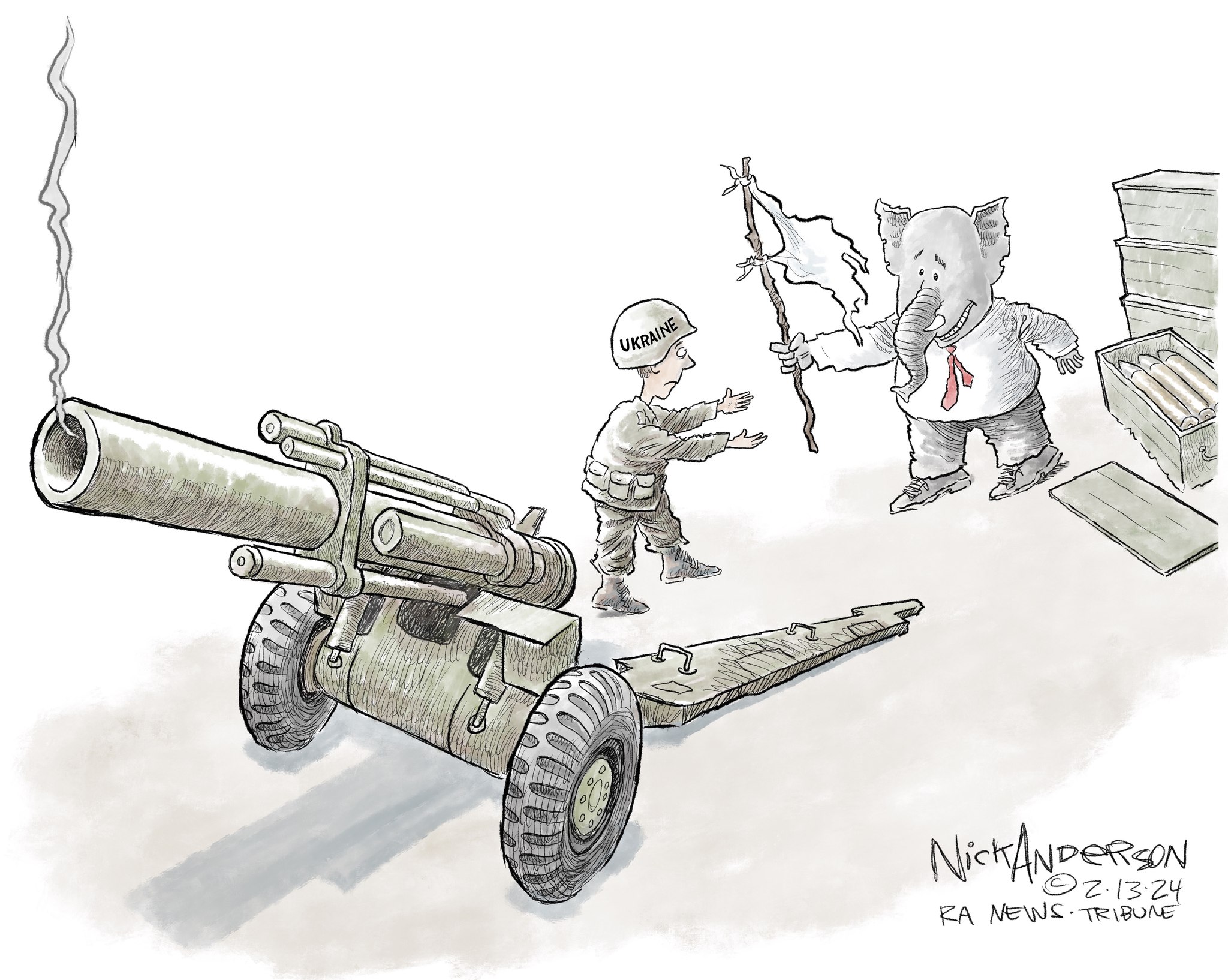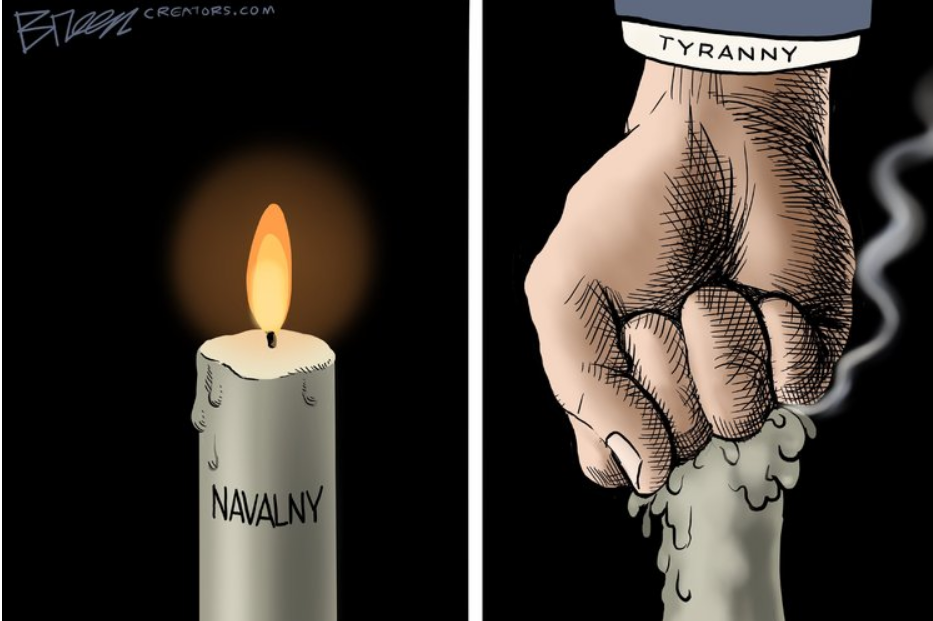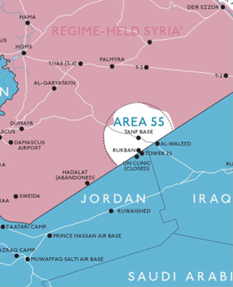The Daily Escape:

From Timothy Snyder:
“Musk-Trump inherited a state with unprecedented power and functionality, and are taking it apart. They also inherited a set of alliances and relationships that underpinned the largest economy in world history. This too they are breaking.”
JD Vance along with his wife, visited an American base in Greenland for three hours. National Security Advisor Mike Waltz and his wife also came along. The context was Trump’s claim that America must take Greenland, which is an autonomous region of Denmark.
While there, the Americans’ Greenland charm offensive mission failed, and JD signaled the end of NATO.
At the base, in the far north of the island, the American visitors had pictures taken and ate lunch with servicemen and servicewomen. They used the base as the backdrop to a press conference where nothing sensible was said. Vance, who never left the base, and has never before visited Greenland, was quite sure how Greenlanders should live. He made a political appeal to Greenlanders, none of whom was present. He claimed that Denmark was not protecting the security of Greenlanders in the Arctic, and that the US would. Greenland should therefore join the United States.
From Jon V Last:
“NATO is dead. It has been obvious since November 5 that the alliance was not viable in the long run, but it was able to continue in zombie-form for five months.
Vance’s appearance in Greenland last week was the stake through its heart.
It is one thing for American leadership to relentlessly criticize its allies.
It is another thing for America to openly side with Russia against European interests.
But to stand on European soil and talk about taking territory from a treaty ally is something else altogether.”
After Trump’s election Wrongo thought it was possible to believe that America would become indifferent to the NATO countries. It’s now clear that the US sees at least some of these former allies as prey. There can be no mistake about this.
So what would a serious European response look like?
It starts with nuclear weapons. Europe needs more of them. The best way to protect the EU is to protect Denmark. And the best way to protect Denmark is to push closer to North America and make it clear to the US that it cannot operate with impunity even in its near-abroad, let alone on the European continent.
It will be difficult for a non-nuclear power to make an independent dash to nuclear capability. But the British and French have respectable pre-existing nuclear forces. Between them, they possess about 515 nuclear warheads. The British nukes are entirely submarine-based. The French forces are split between ballistic-missile subs and air-launched cruise missiles.
The obvious solution is the creation of a separate Anglo-French nuclear umbrella that is extended to EU nations, including Greenland. Once this nuclear umbrella has been formally extended, the European nations can then backfill various military needs. Here’s military affairs professor James Cameron:
“A new generation of conventional precision-strike systems should supplement the Anglo-French nuclear forces. Non-nuclear allies such as Germany, Poland, the Netherlands, and the Nordic states could provide such systems, possibly through joint production. . . . Coordination of these nuclear and non-nuclear efforts should be institutionalized in a European equivalent of the existing NATO Nuclear Planning Group, in which France does not currently participate.”
While they’re at it, the British and the French ought to offer to bring Canada under their protection.
That NATO is dead as an American-led alliance doesn’t mean that NATO can’t default to becoming an EU-led alliance + Turkey. If Wrongo were one of the core Eurozone nations (UK, Germany, France), he would be looking at bringing Canada, Australia, and New Zealand into the fold since the US is no longer a reliable partner.
More from JVL:
“Please note the level of complexity here. America talks about taking Greenland, which is a threat to the people of Greenland, but also a threat to Denmark, which is obligated to provide for Greenland’s security.
But the necessary responses will have to come from London and Paris. Because the reality is that because the United States is breaking the NATO alliance, European security will have to be led by NATO’s other two nuclear powers.”
Is Trump serious about Greenland? Who knows. The US would gain nothing but additional costs and unnecessary tensions with its European allies by pursuing free association with Greenland. In fact, free association would spoil what is a near-perfect arrangement for the US, as Washington is already achieving its geostrategic objectives, while letting Denmark foot the bill for running Greenlandic society. Abandoning the cheap and successful engagement strategy would be an unforced error that would only benefit America’s adversaries.
Both Trump and JD have made it quite clear that they consider the NATO countries to be irrelevant at best and potential enemies at worst. Trump is looking at Greenland like it’s a vulture capital deal.
Remember, this is the man who unilaterally changed the name of the Gulf of Mexico to the Gulf of America.



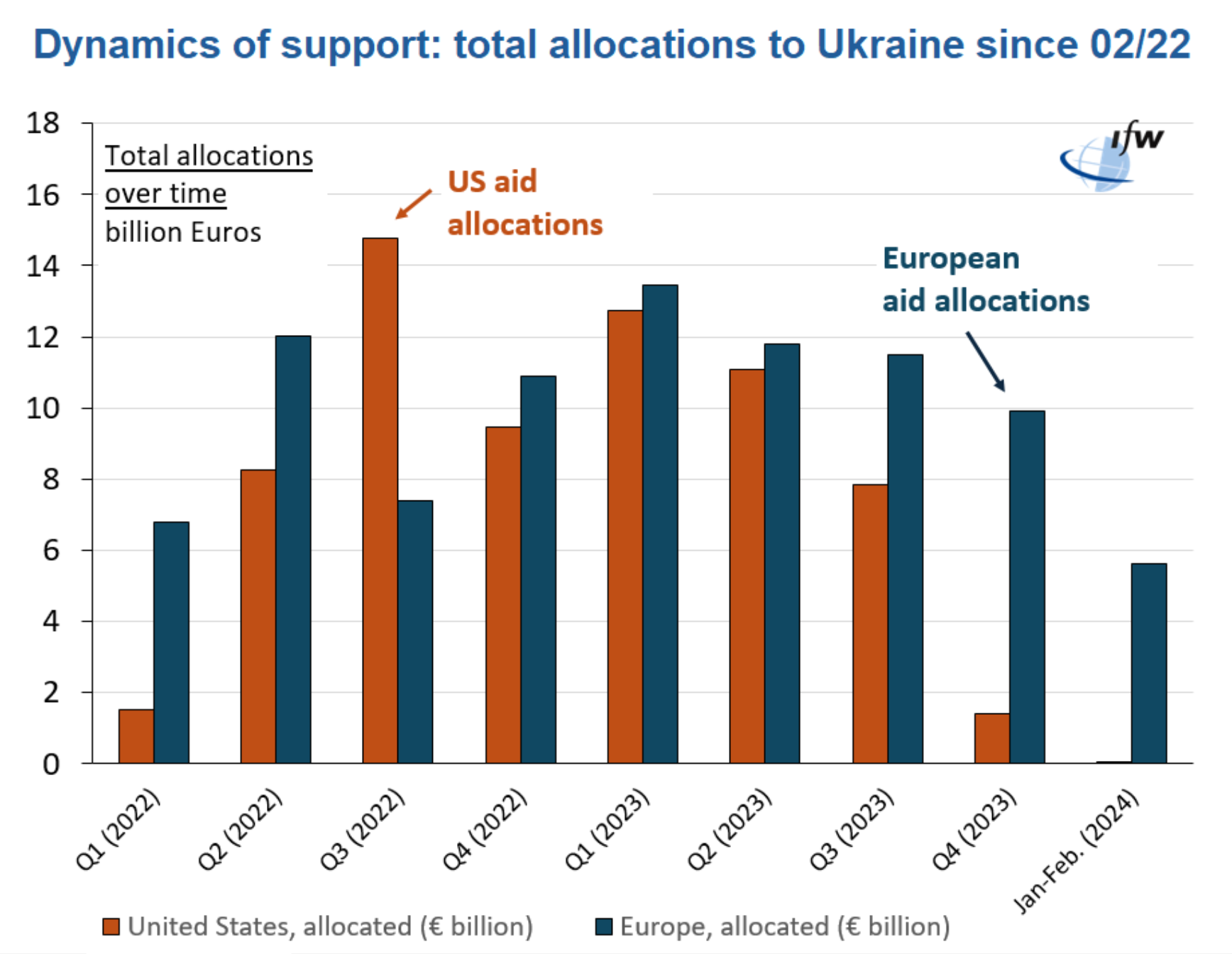

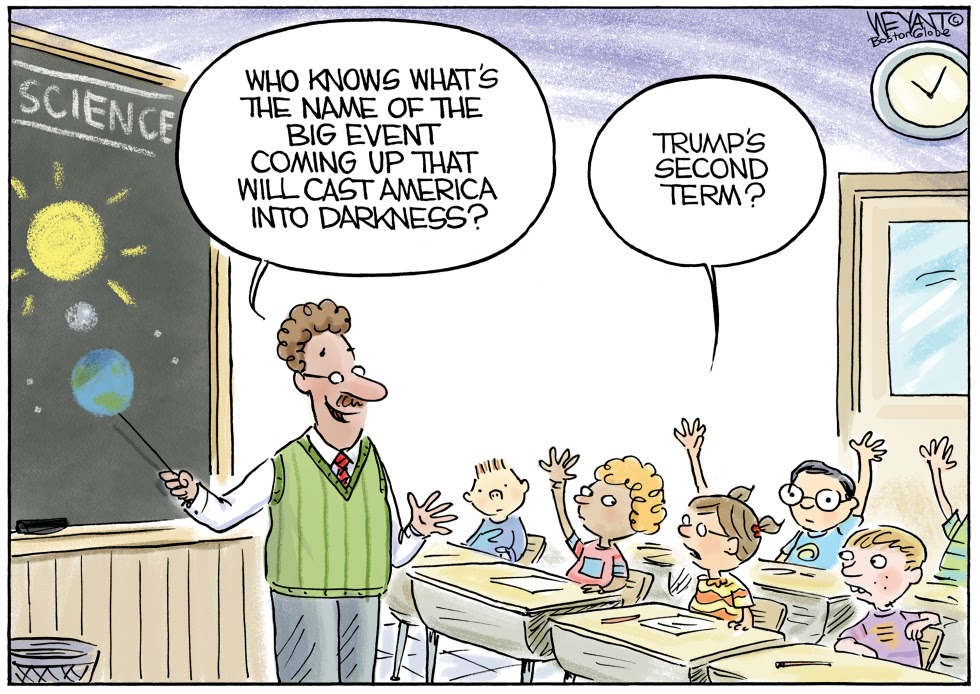
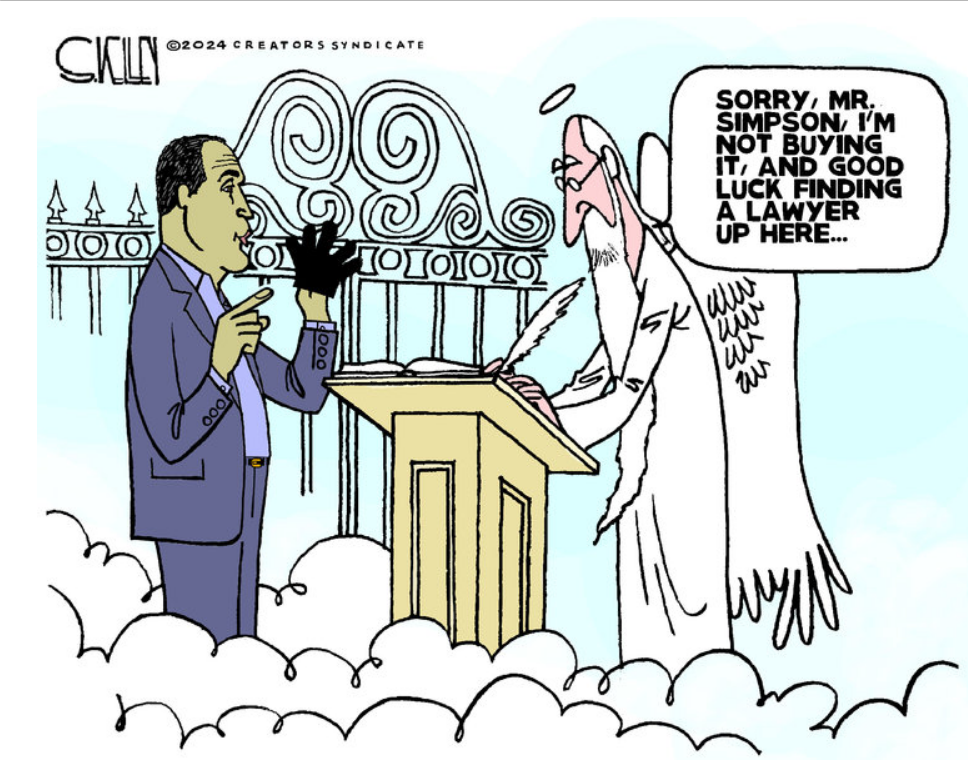






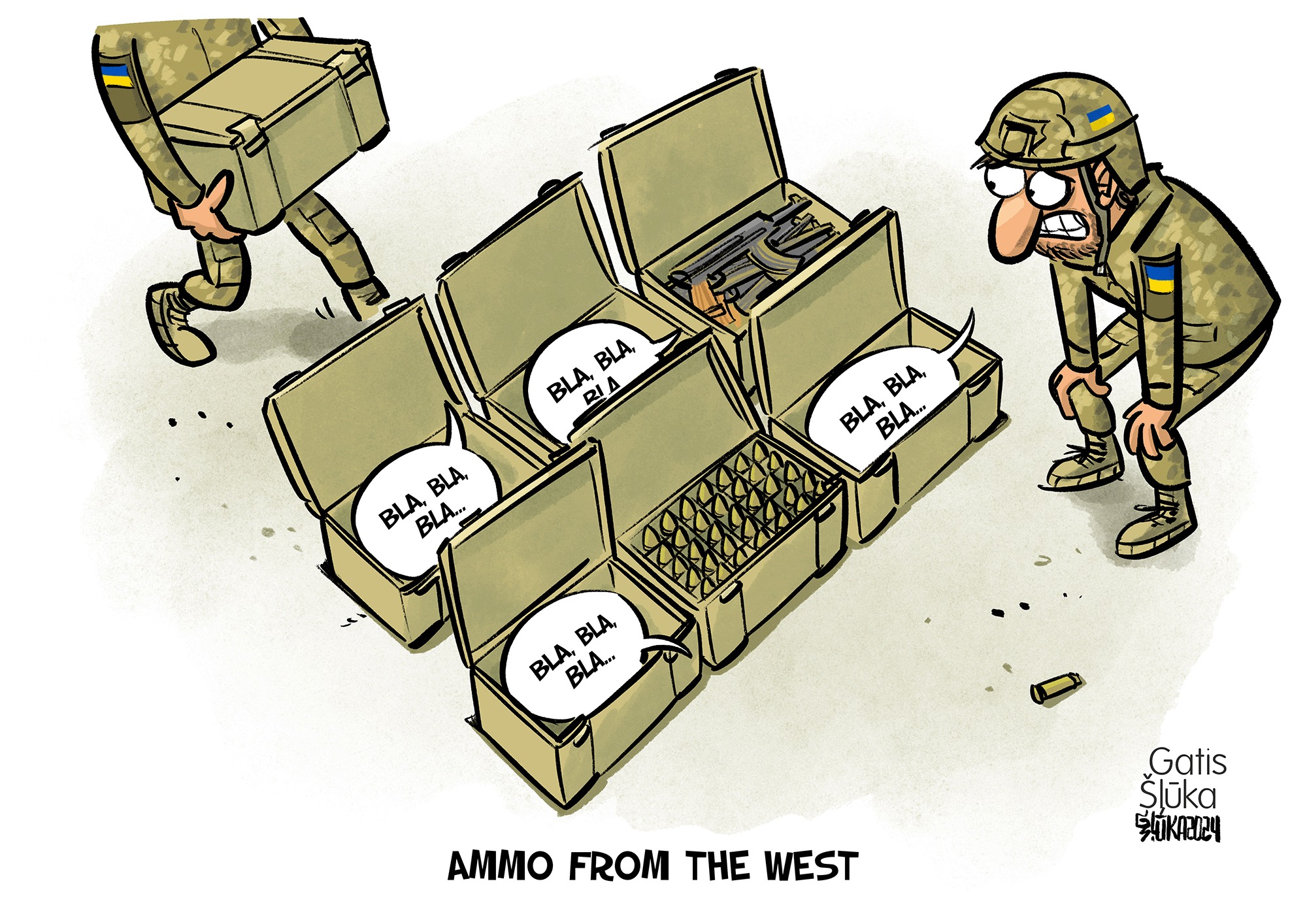
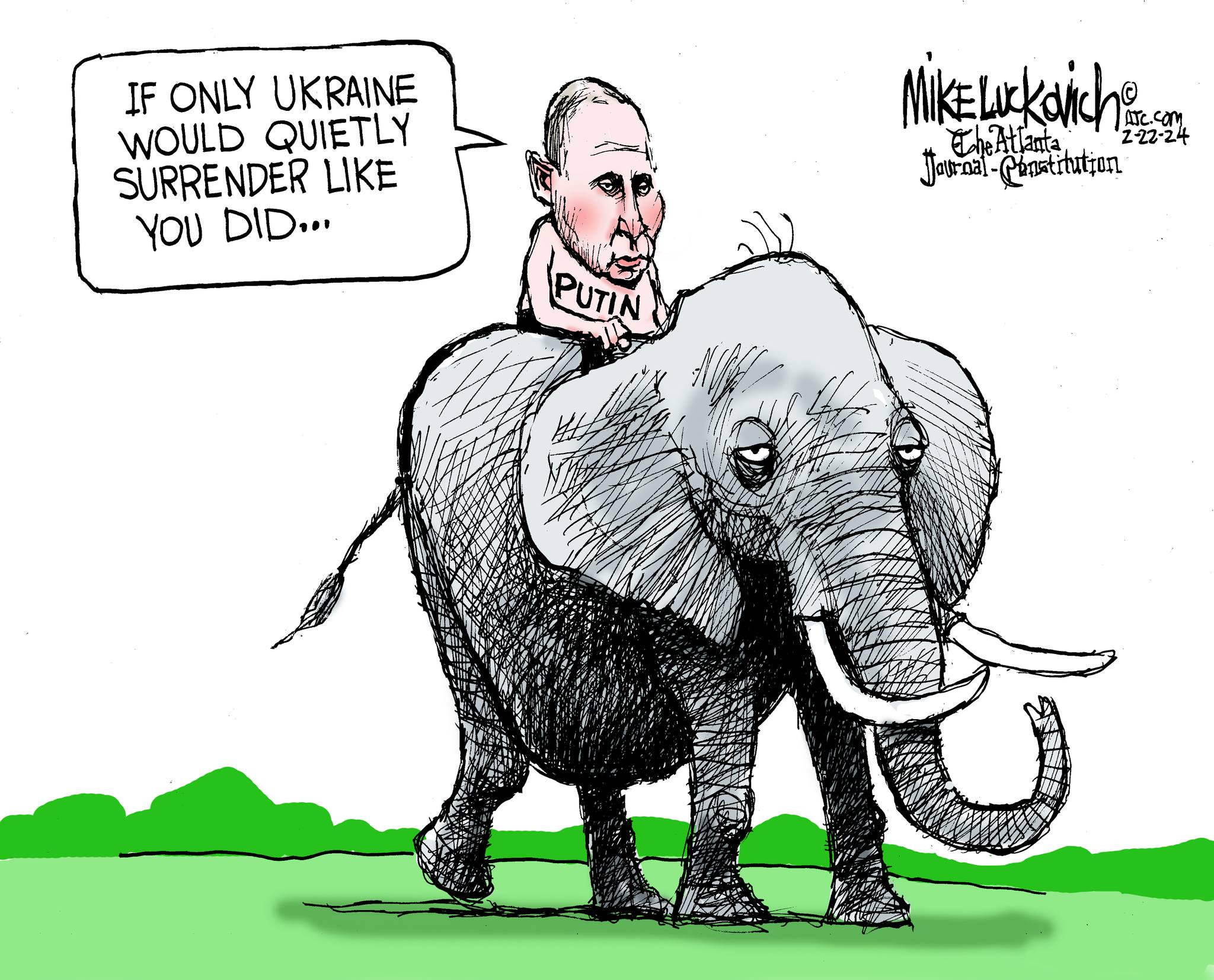
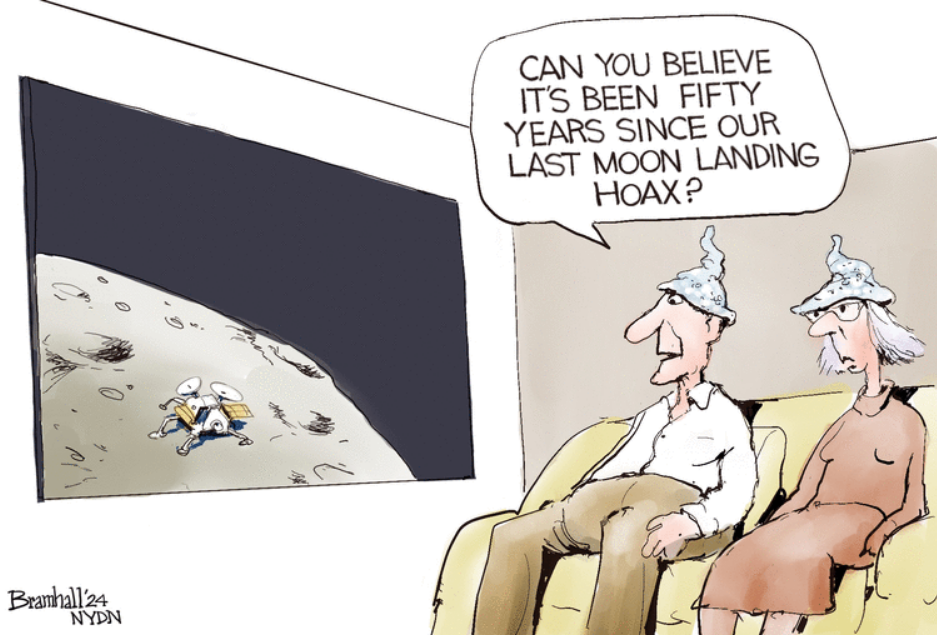

 There’s a sucker born every minute in Trump world. The shoes are pre-order only; just another Don-con: :
There’s a sucker born every minute in Trump world. The shoes are pre-order only; just another Don-con: :



